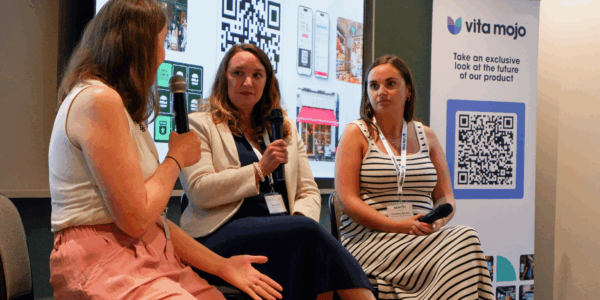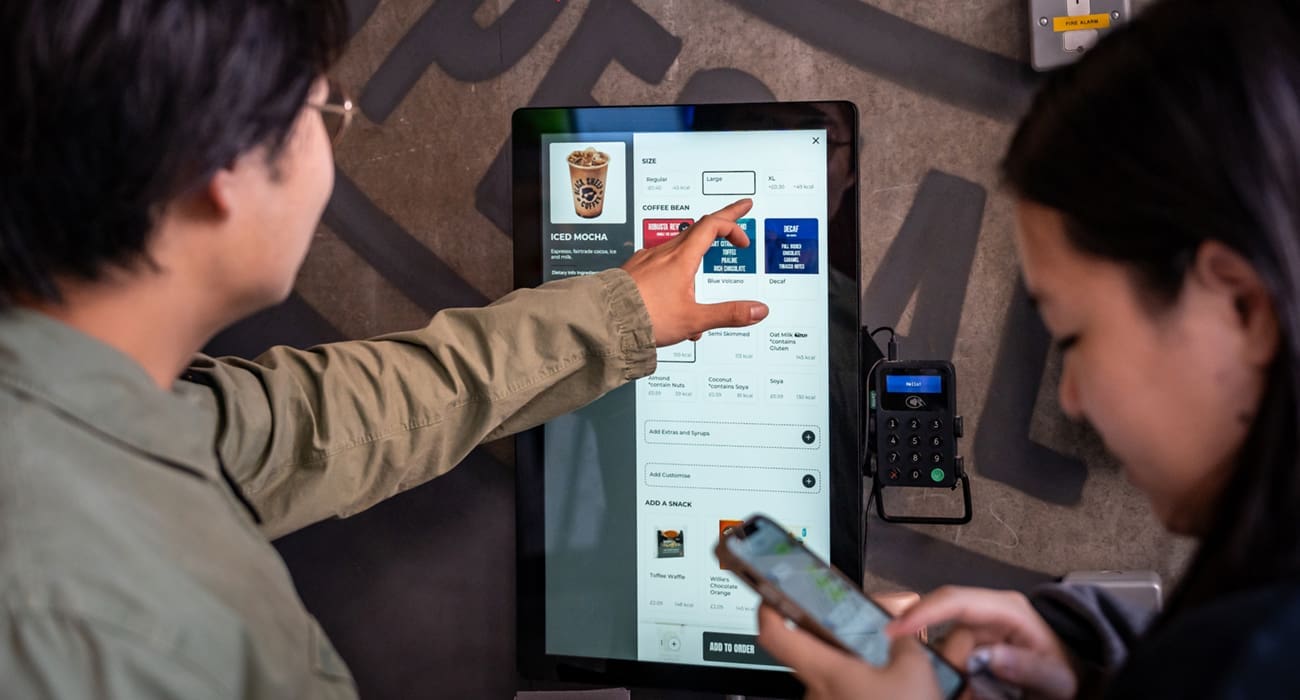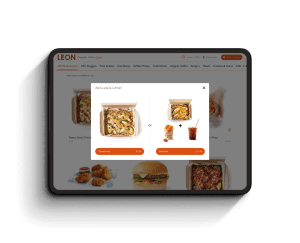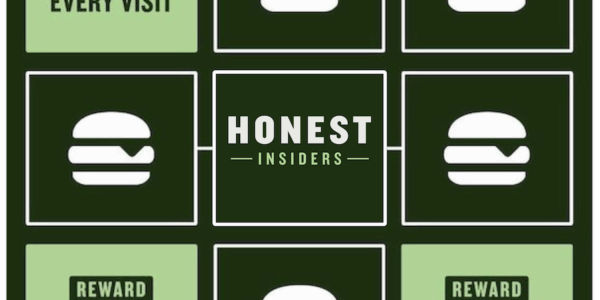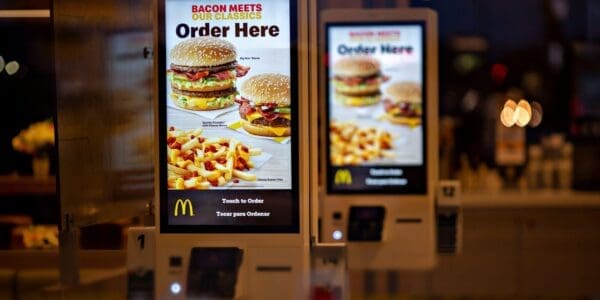Understanding the profit and popularity of your menu items
The first and most important step in getting digital menu design right is to properly analyse your menu items.
How profitable is each menu item?
Start by calculating how much it costs you to make each item, including ingredients and the cost of production and serving. Use this data with the price you’re charging to work out how much profit that menu item is bringing your business each time it’s sold.
How popular is each menu item?
Thanks to your data and reporting tools, identifying the popularity of each dish should be relatively simple. Just identify how much of each item has sold across your operation during a set time—perhaps a month.
Each dish – including sides and extras – should be labelled Low Profit or High Profit, as well as Low Popularity or High Popularity. You’ll then be able to categorise each into one of the four groups below.
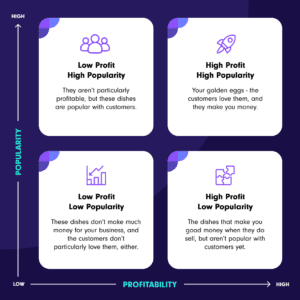
What to do next?
With your menu items categorised with the above labels, you’ll understand which ones make you the most profit when sold, which ones your customers love, and which ones need some attention to make more revenue.
You can now make data-backed changes to your menu that will ensure every transaction is making you the maximum possible revenue. Here are some tips to get started…
5 tips to get more revenue from your menu
-
Upsell across your menu
Upselling should be one of the main revenue drivers in your menu strategy. It’s a simple but effective way to drive ATV up organically as part of the customer order journey. When you set your menu up to do this automatically, it will be increasing order value much more consistently than a human ever could.
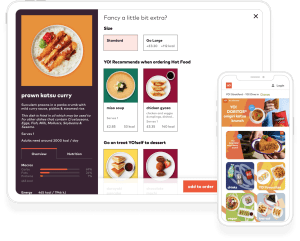
Whether your menu is suggesting a larger size, recommending adding a side dish, or tempting them with a refreshing drink, it will be getting the most potential ATV out of every transaction without being obtrusive.
TOP TIP: Make sure your High Profit and High Popularity items are appearing frequently across upsells to push these crucial menu items.
